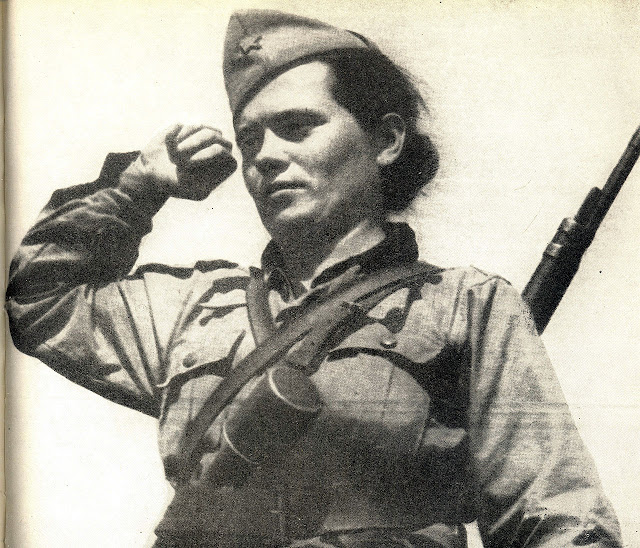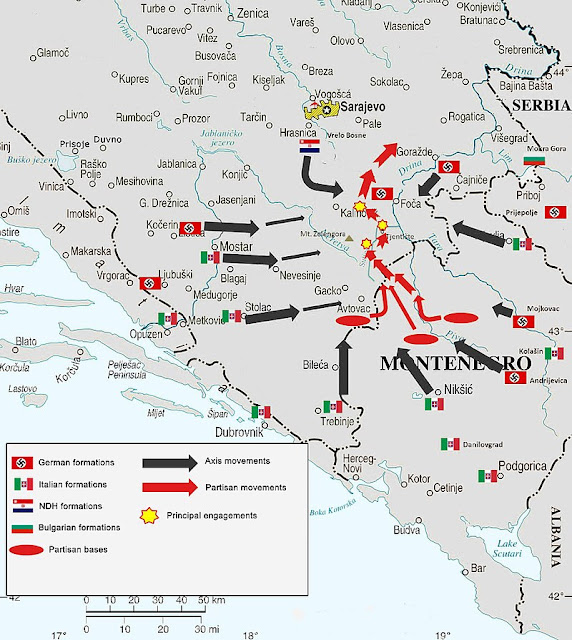Women and the Partisan struggle in Yugoslavia

Savka Javorina-Vujović During the People's Liberation Struggle of Yugoslavia from July 1941 to May 1945, over 100,000 women fought in the ranks of the National Liberation Army and Partisan Detachments of Yugoslavia, of which some 25,000 were killed. In addition, a large number of women participated in work in the background, and especially the mass participation of women was recorded in the rebellious regions. Under the leadership of the Communist Party of Yugoslavia during the People's Liberation Struggle, women's organizations were different that was different because the conditions were different in some parts of Yugoslavia, but the goals were the same - liberation of women from the occupiers, but also of its dependence and inequality in society. Milica Mušikić - Pajković, during the war in Montenegro. Women are massively involved in the National Liberation Movement - as delegates, political commissars, commanders, officers Medical Corps, nurses, s...


